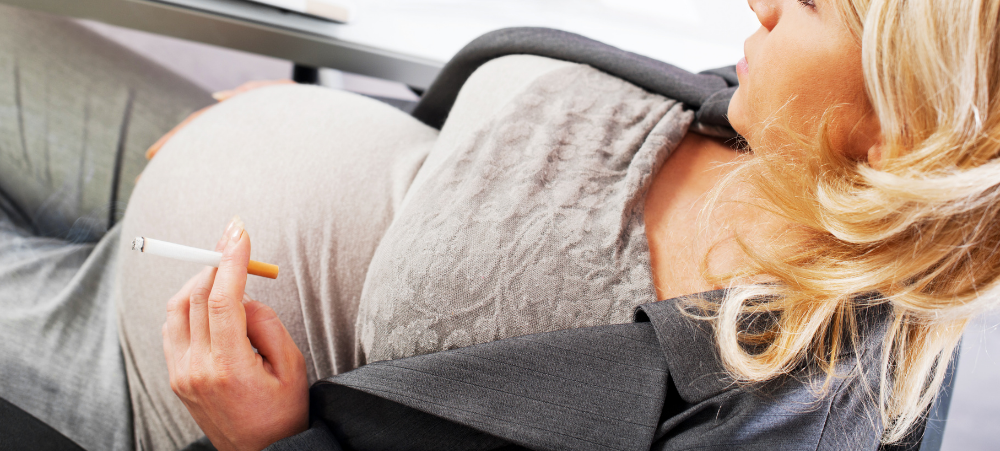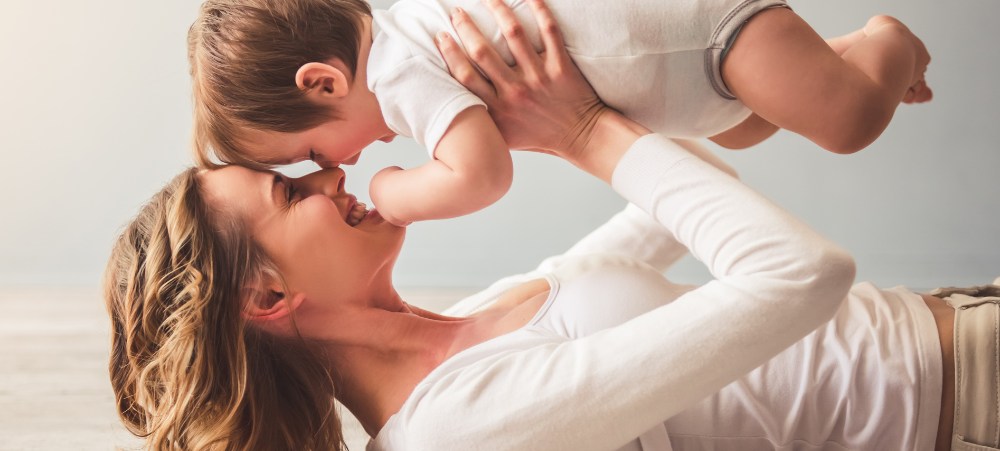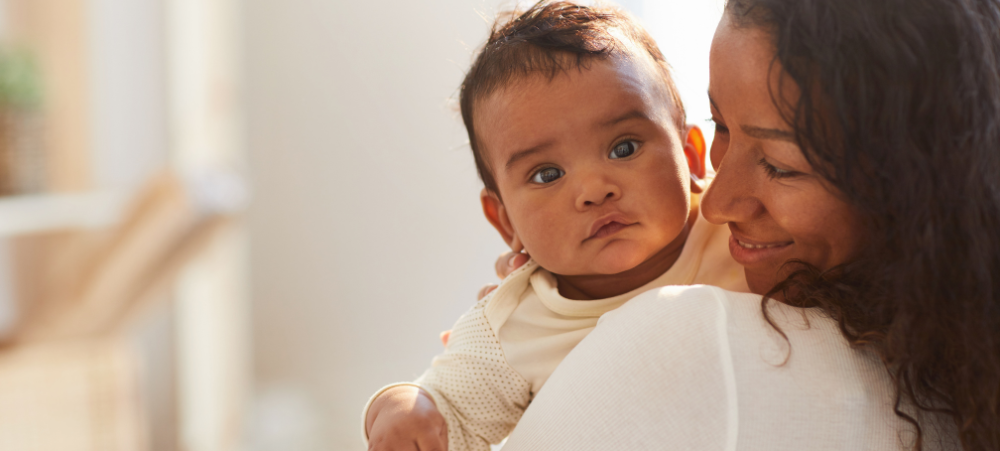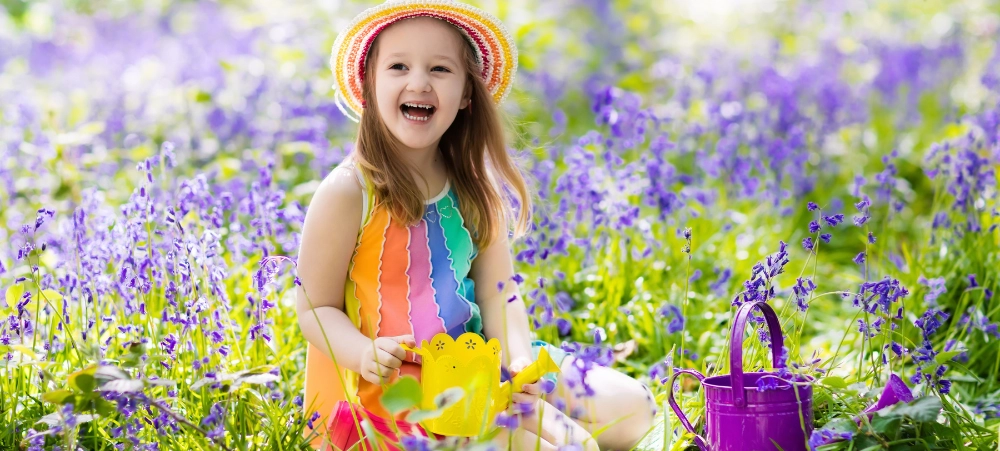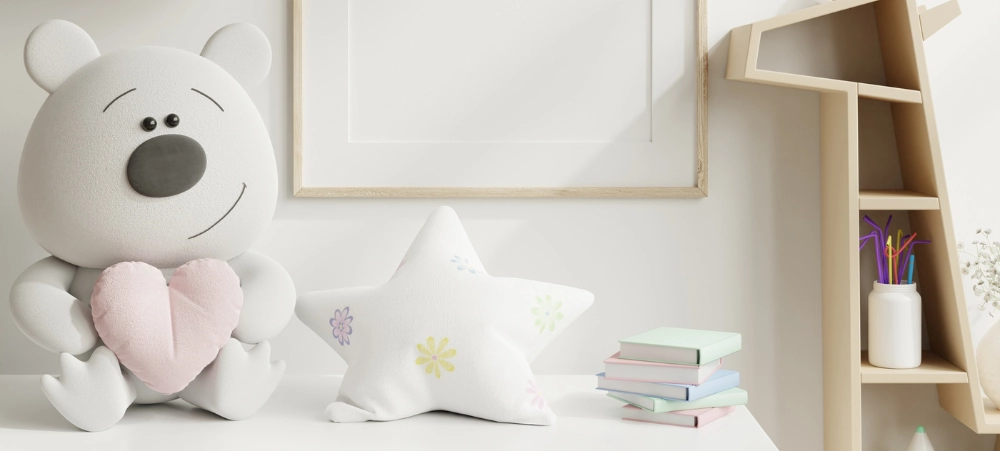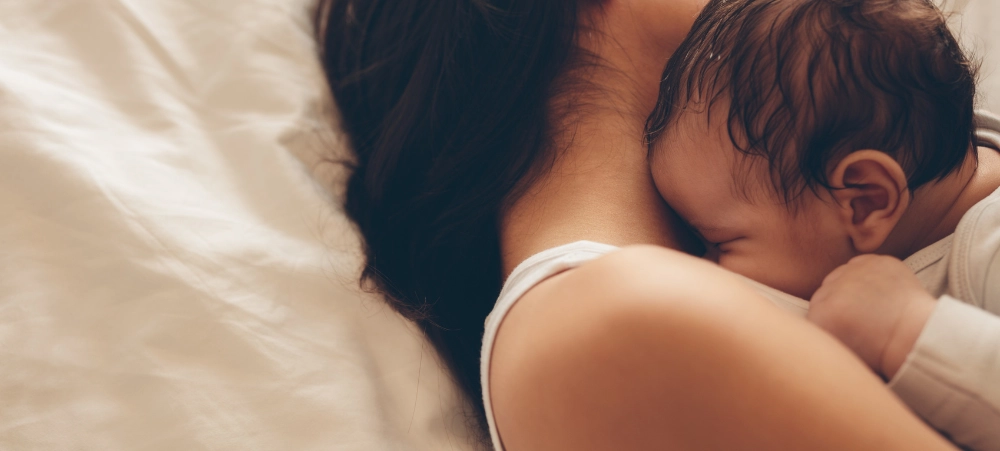
Dads – how can you make a difference in Mom and Baby’s breastfeeding journey
Breastfeeding may be a mother’s role, but fathers have a powerful part to play — from late-night bottle prep to emotional support. There’s a long-held stereotype that breastfeeding is a one-woman job. But ask any mother who’s done it — and she’ll tell you the truth: breastfeeding might be a solo act in practice, but it takes a team to make it work. More South African families are starting to understand the importance of active dad involvement in the breastfeeding journey — and the results are healthier babies, more confident moms, and stronger parent partnerships. “Breastfeeding doesn’t just impact the baby and the mother — it shapes the family dynamic,” says Sr Londe, independent midwife and trusted advisor for Vital Baby. “When dads step in to support the process, it creates a ripple effect of encouragement and connection.” While only moms can do the actual feeding (unless they’re expressing), the success andsustainability of breastfeeding often depend on the dad’s support. Research shows that when fathers are informed, present, and positive about breastfeeding, mothers are more likely to start breastfeeding, feel confident doing it, and continue for longer. In fact, a study published in the Journal of Human Lactation found that mothers were twice as likely to continue breastfeeding at six months if they felt supported by their partners. So, what does a supportive breastfeeding dad look like? It’s not about doing it all — it’s about being there, in big and small ways: Encouraging her when it gets tough Breastfeeding can be physically and emotionally challenging — especially in the first few weeks. Dads can help by listening without judgement, offering words of encouragement, and reminding her of the bigger picture when it feels overwhelming. Taking care of the little things Changing nappies, soothing the baby after feeds, sterilising bottles or breast pumps, and handling burping — these seemingly small actions allow mom to focus on feeding and recovery. Getting informed “Men don’t have to guess their way through it,” says Sr Londe. “Learn about how breastfeeding works, understand what mom is going through, and show her she’s not alone.” That means attending antenatal classes, reading up, or simply asking questions. Helping with night feeds If baby is bottle-fed with expressed milk or formula at times, dads can take the night shift or early morning feed. It’s a game-changer for sleep and helps fathers bond with their babies. It’s time to ditch the outdated narrative that dads only come into their own once the baby is weaned. Today’s fathers are embracing nurturing roles from day one, and brands like Vital Baby are encouraging this shift with products and support that empower dads to show up — confidently and hands-on. “The more we normalise the role of dads in early feeding and baby care, the more we support families as a whole,” says Sr Londe. “Breastfeeding is not a women-only world — it’s a family journey.” Being present, proactive, and positive — these are the hallmarks of modern fatherhood. And in the world of breastfeeding, that presence can mean the difference between isolation and teamwork. So to all the dads wondering how to help: Your role is vital. Your support is powerful. Your presence is enough.












